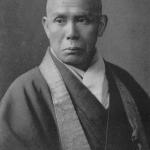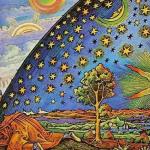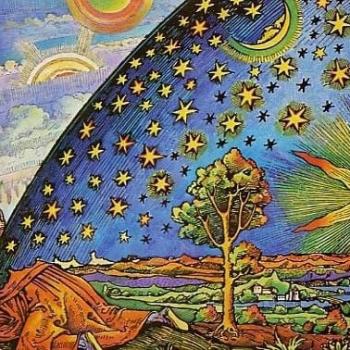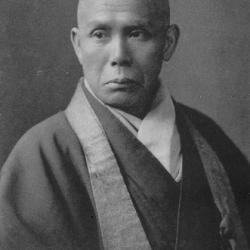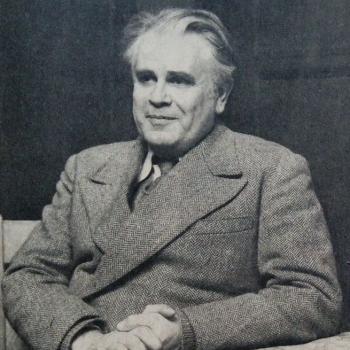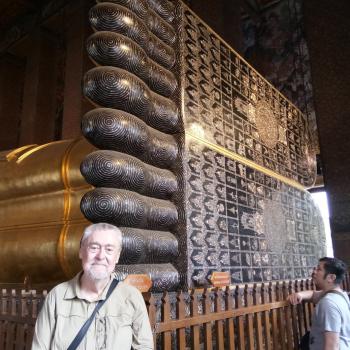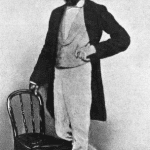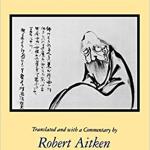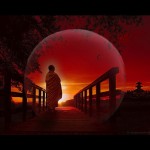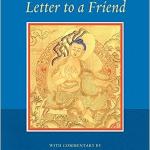Occasionally I’m asked what is my holy scripture? That is, is there anything like the Bible for me as is generally understood by Christians. The short answer is no. But there’s a longer answer.
Here I find myself thinking of the Gateless Barrier. Of the handful of books that have a permanent place in my heart, this thirteenth century Chinese anthology of Zen teachings, is one of the most important.
The Gateless Barrier, sometimes the Gateless Gate, rarely but on occasion by other variations on the title 無門關 Wúménguān in Chinese and 無門関 Mumonkan in Japanese.
As it happens it was first published on this day, the 5th of November, in 1228. And with that seven hundred and ninety-five years of admonition, invitation, and general all around Zen hilarity ensued. And more. It points true to the depths of the human heart, and shows what we can find.
The Gateless Barrier is an anthology of forty-eight koans, those brief and seemingly enigmatic objects of meditation and conversation with a spiritual director that are unique to the Zen schools. It is a cardinal text in the language of dragons.
It was compiled by Wumen Huikai (1183-1260), a master of the Linji school. During his years wandering, he wore old and tattered robes, and let his beard and hair grow long. He was sometimes referred to as the old lay monk, although he was ordained. After those many years of wandering when he became head monk at Longxiang monastery. It was there that he put this book together.
In addition to the koans themselves, Wumen added appreciatory verses and brief sermons. The book also has a small handful of addenda and appendixes. In addition to Wumen’s forty-eight cases, various additions here and there have been added over the years. Mostly minor. Most notable is a contribution by the thirteenth century master Zheng Qingzhi, writing as Anwan, who added in a forty-ninth case in 1246, which appears in some editions. The only other notable additioin is an unnumbered case with commentaries added at the end by Wuliang Zongshou of master Huanglong’s three barrier (not to be confused with case 47, the wondrous Doushuai’s three barriers, one of my favorite koans.
The book is often compared to the other great early koan anthology, the Blue Cliff Record (碧巖錄, Bìyán Lù in Chinese and 碧巌録, Hekiganroku) in Japanese.) The modern Japanese master Zenkei Shibayama tells us “(W)hole the Hekigan-roku is poetic and spiritual with literary splendor, the Mumonkan is direct, straightforward, with a stimulating and disciplinary tone, and is apparently designed to encourage the actual training of monks.”
Its rough and ready style has proven particularly appealing to many Western Zen students. As the American Zen master Robert Aitken suggests, “The Gateless Barrier is a collection of stories and verses that present fundamental perspectives on life and no-life, the nature of the self, the relationship of the self to the earth – and how these interweave. Such stories and verses are called koans, and their study is the process of realizing their truths. What many be known abstractly becomes personal, a vital experience of one’s own.”
This was certainly true for me. This is one of the handful of spiritual books that I revisit over and over again. It speaks my heart.
There have been a number of translations into English. As an example here’s a link to an early version by the monk Nyogen Senzaki and Paul Reps. A simple and straightforward translation of what people sometimes miss is itself a simple and straightforward presentation of the intimate way.
I especially recommend four that include particularly insightful commentaries. Excepting Guo Gu’s more recent book, the rest have been around for years. All may be obtained both new and used. (I am a longtime fan of Abebooks, which I think is used by more professional used book dealers as their sales platform than any other site). I think there are good arguments for each of these if you were only to read one. If I were forced to choose, I would vacillate, but probably land on Aitken Roshi’s.
Robert Aitken, The Gateless Barrier (The Wu-Men Kuan – Mumonkan), North Point Press, 1991, New York
Guo Gu, Passing Through the Gateless Barrier: Koan Practice for Real Life, Shambhala, 2016, Boulder
Zenkei Shibayama, The Gateless Barrier: Zen Comments on the Mumonkan, Shambhala, 2000, Boston
Koun Yamada, The Gateless Gate, University of Arizona Press, 1979/1990, Tucson
So, a note on koans. They can seem oblique. They often appear to be non sequiturs. They are not. From the perspective of a Zen eye, they’re straight forward assertions about aspects of reality, and direct invitations into our meeting those places.
If you’re looking for an introduction to koan introspection, how those koans in the Gateless Barrier might best be met, this brief video might help.
I also wrote a book on the subject, exploring the matter in some greater depth. It might be worth a read, as well…
Introduction to Zen Koans: Learning the Language of Dragons.



